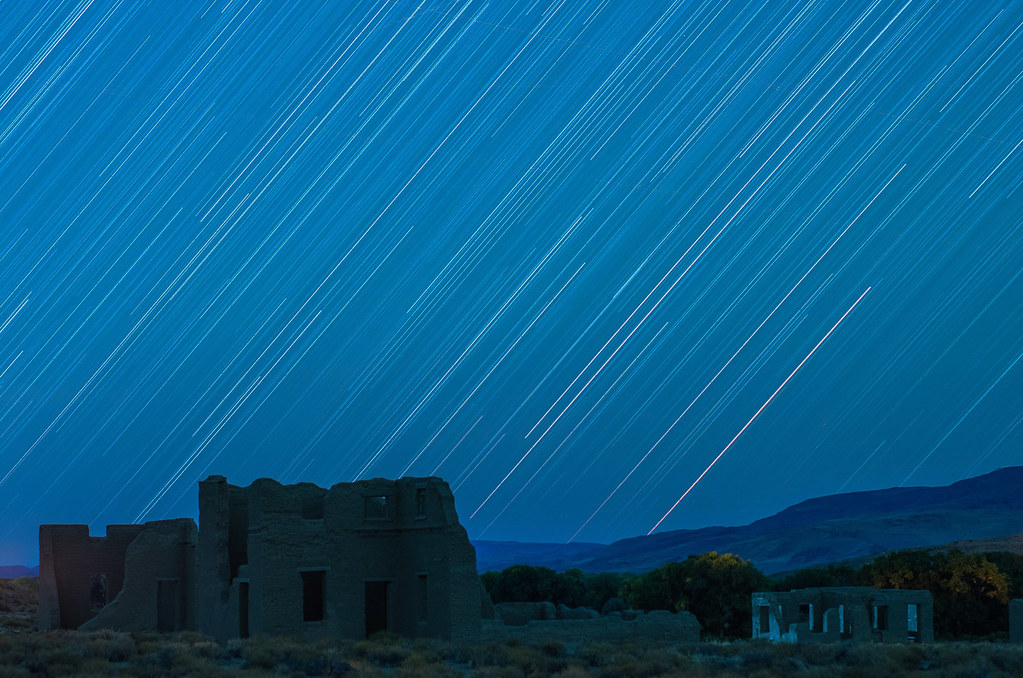 Originally posted by interested_observer
Originally posted by interested_observer 
Here is a good link on - How to tell the Difference Between Planes, Satellites and Meteors.

That is a very useful link. I particularly enjoyed reading about meteors.
Yes, meteors are certainly, and in my opinion also, the holy grail of what I (and perhaps many) would like to capture while photographing the night sky.....
I'm sure there is a place on the internet that will tell, us all, when the next meteor shower(s) is in our areas/regions - thus increasing our odds of capturing a meteor! Just capturing one meteor would be very lucky and quite a capture in my opinion - I see from your links that some get very lucky and get an image full of them!
I guess we'll all of passed away the next time Haley's comets comes around. I bet some on this forum have pics of the last time it came around. As I recall, it made its presence known for a month or something....
Regards,
Michael
Addendum: I checked this website,
https://www.amsmeteors.org/meteor-showers/meteor-shower-calendar/, and I see we are already experiencing 2 meteor shower events for many days. I suppose, somehow, what I (or we) need to look for is a single night or just a few days of concentrated meteors during a meteor shower. Say, one of those 3 day meteor shower events - to increase our odds of capturing these beautiful events!
---------- Post added 10-07-21 at 10:54 PM ----------
Well, of all the images I took tonight. I just kept this one, that I post processed to my liking:

Last edited by Michael Piziak; 10-07-2021 at 10:43 PM.


 Similar Threads
Similar Threads 




















 Post #21 by interested_observer
Post #21 by interested_observer








